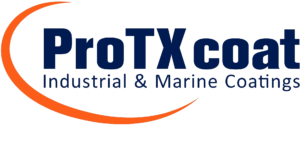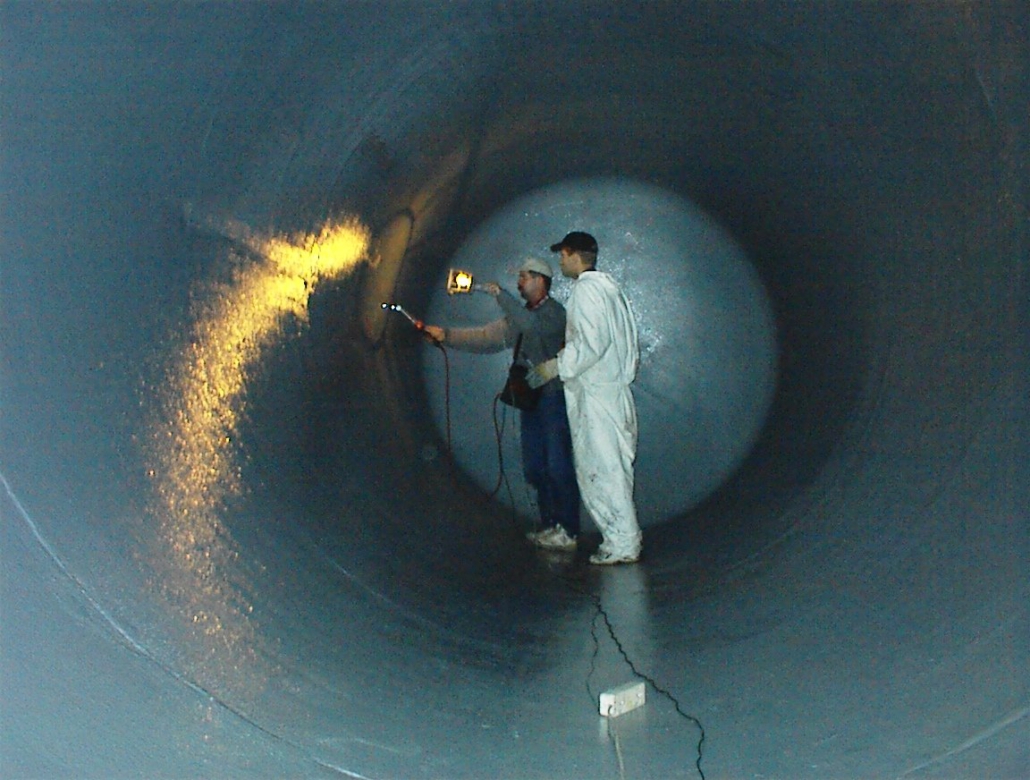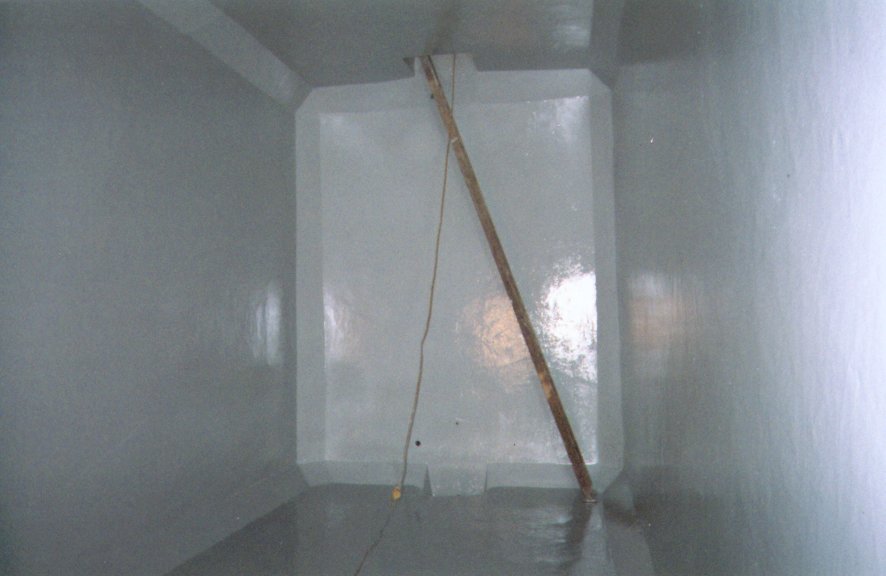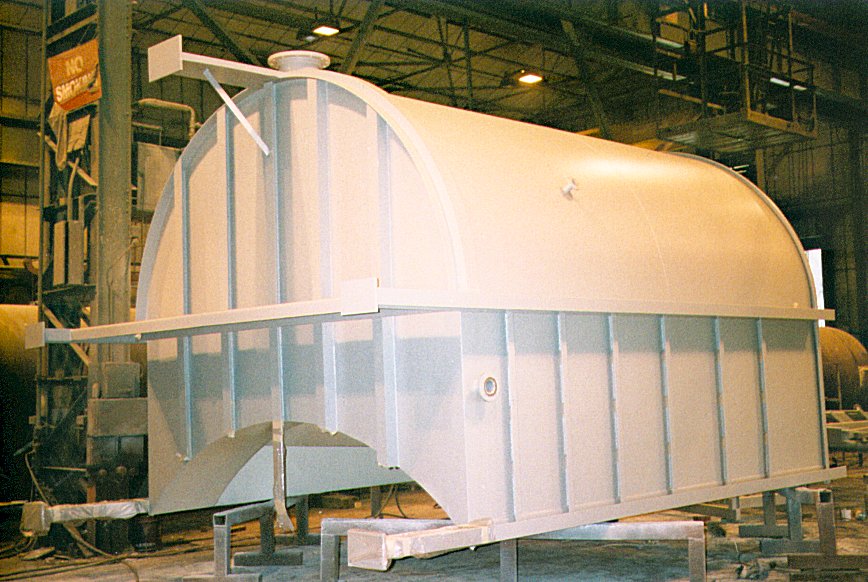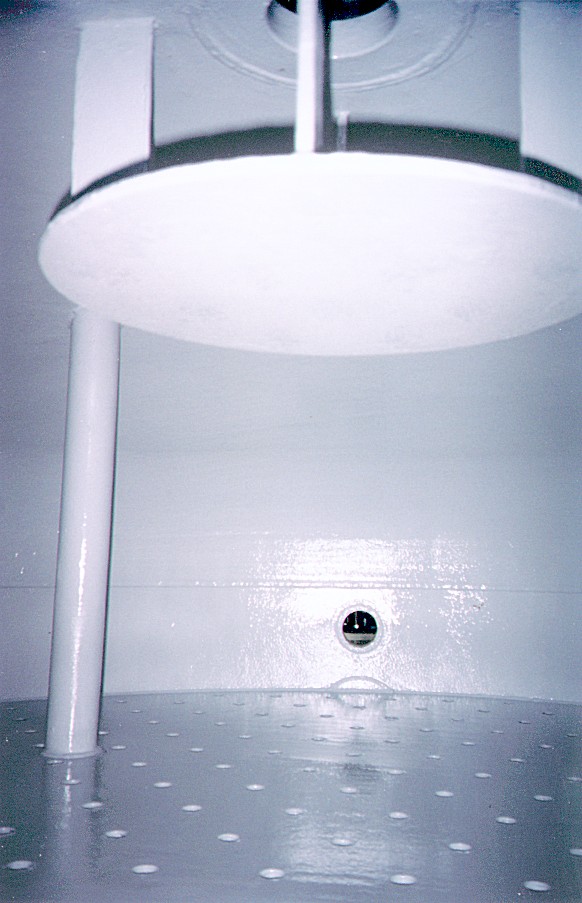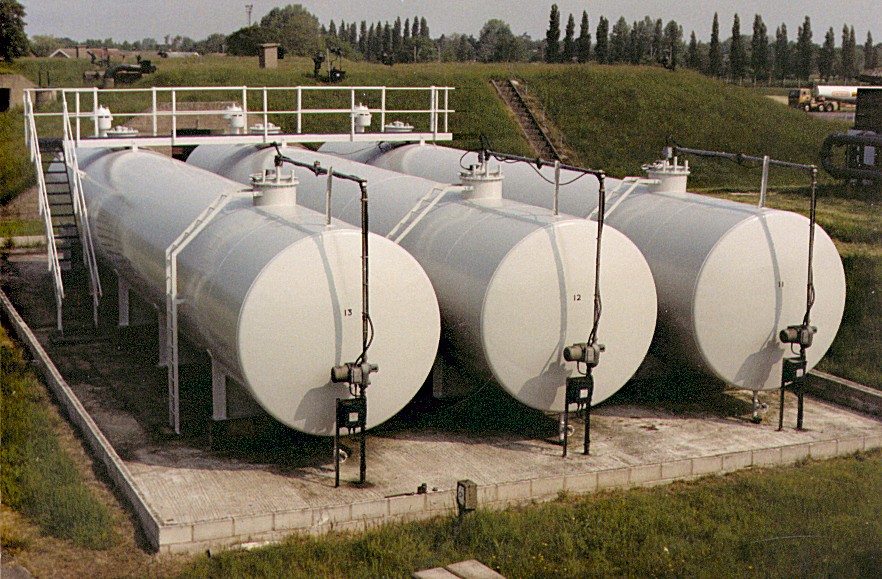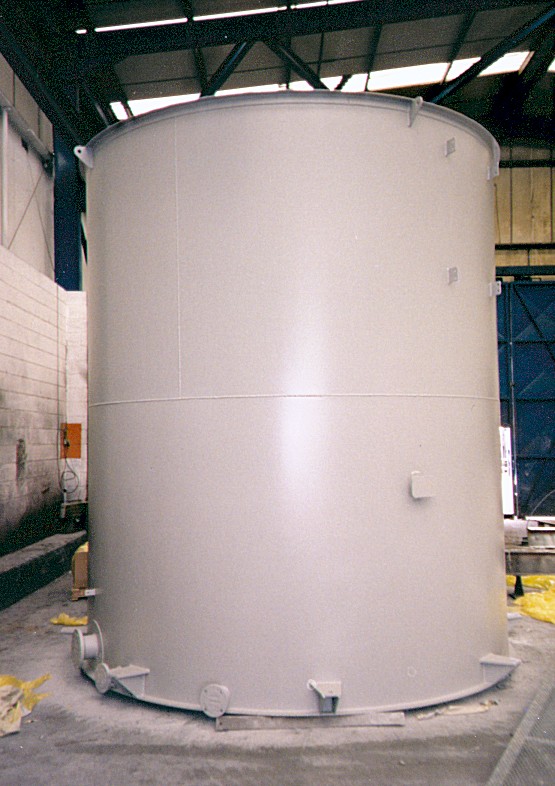ProTXcoat 312CR
Ultra Chemical Resistant Novolac
Highly Chemical Resistant Epoxy Novolac
312CR is a high performance solvent free coating designed for use where exceptional resistance to chemical attack is required.
312CR is based on a special epoxy novolac resin and a polyamine curing agent system which produces a highly cross linked polymer network. This unique system prevents permeation and subsequent attack of the coating by highly aggressive chemicals, allowing the system to be used whenever superior chemical resistance is required.
312CR offers excellent adhesion to steel and concrete, has outstanding resistance to a wide range of industrial chemicals even under total immersion conditions and is ideal for tanks, pipework, containment dykes, bund areas, desulphurization units.
Before proceeding, please read the following information carefully to ensure that the correct application procedure is fully understood.
TECHNICAL SPECIFICATIONS
Surface preparation
Heavy contamination due to oil or grease must first be removed using MEK (Methyl Ethyl Ketone)
Surfaces should then be abrasive blast cleaned to a minimum Sa21⁄2 – Sa3 BS7079 Part A1 : 1989 or equivalent with a blast profile of 75 – 125 microns corresponding to ‘Rough’ in ISO 8503/1. All loose abrasive dust and debris must be blown clear or vacuum cleaned away.
Equipment that has been salt impregnated due to service conditions should first be wet blasted then dry abrasive blasted and checked for presence of salts, this process should be repeated until the salts are removed.
Alternatively, surfaces should be warmed with a blow torch or similar to bring salts up to the surface. The surface should once again be blast cleaned. This procedure must be repeated until no further sweating of impregnated salt is evident.
Mixing
Transfer the entire content of the base and activator containers onto a clean mixing board. Alternatively, measure two volumes of base component and one volume of activator onto a clean mixing surface.
The two components should be thoroughly mixed until streak free. The use of a small trowel is advisable for easy mixing.
The mixed material should be used within 45 minutes of mixing at 20°C (68°F). The time will be reduced at higher temperatures and extended at lower temperatures
Applicaiton
Application should not be carried out at temperatures below 5°C nor when relative humidity exceeds 90% or when the surface to be repaired is less than 3°C above the dew point.
The prepared surface must be dry and free from condensation. The mixed material should be applied to the prepared area, using a trowel or float at thicknesses of min. 6mm.
Application should be carried out as soon as possible after surface preparation is complete and certainly the same day, other- wise flash blasting will be necessary before application.
The mixed XD1 should be applied by spatula or pallet knife to the surface, pressing firmly into the surface to avoid air entrapment.
In areas where a second layer of XD1 is required, this application must be carried out within the initial set time for the first layer, otherwise the surface must be lightly abraded or flash blasted.
VolumeCapacity
542cc (33 cu ins) per kilo
Coverage Rate
0.9 sqm (1sqft) per kilo
Detailed working recommendations are available from the Technical Centre on request.
Physical constants
| Mixing Ratio | Base | Activator |
| 2 | 1 By volume | |
| 2 | 1 By weight | |
| Appearance | Base | Dark Grey Paste |
| Activator | Grey Paste | |
| Drying & Cure Times at 20°C(68°F) | UsableLife | 45minutes |
| Initial Set | 3 hours | |
| Machining Time | 8 hours | |
| Full Mechanical | 5 days | |
| Volume Solids | 100% | |
| V.O.C. | Nil | |
| Shelf Life | Use within 5 years of purchase. Store in original sealed containers at temperatures between 5°C (40°F) and 30°C (86°F). | |
| Food Contact | Meets USDA requirements for incidental food contact. Meets FDA requirements CFR 21.175.300 for food contact.
Canadian Food Inspection Agency – Accepted Product. |
Physical properties
Abrasion Resistance
60 mgm loss per 1000 cycles ASTM D 4060
-1 kg load-CS17 wheel
Dry Heat Resistance 177oC
(350oF) ASTM D2485
Water Vapour Permeability 4.69 x 10-6 perm.cm
ASTM D1653
Salt Fog Resistance Excellent, unaffected after
ASTMB117 10,000 hrs
exposure
Humidity Resistance Unaffected 5,000 hrs exposure BS
3900 Part F2
Health and safety
As long as normal good practice is observed 312CR can be safely used.
Protective gloves should be worn during use.
A fully detailed Safety Data Sheet is either included with the material or is available on request.
Packaging
Supplied in 5kg and 20kg packs
The information provided in this Product Data Sheet is intended as a general guide only and should not be used for specification purposes. The information is given in good faith but we assume no responsibility for the use made of the product or this information because this is outside the control of the company. Users should
determine the suitability of the product for their own particular purposes by their own tests.
